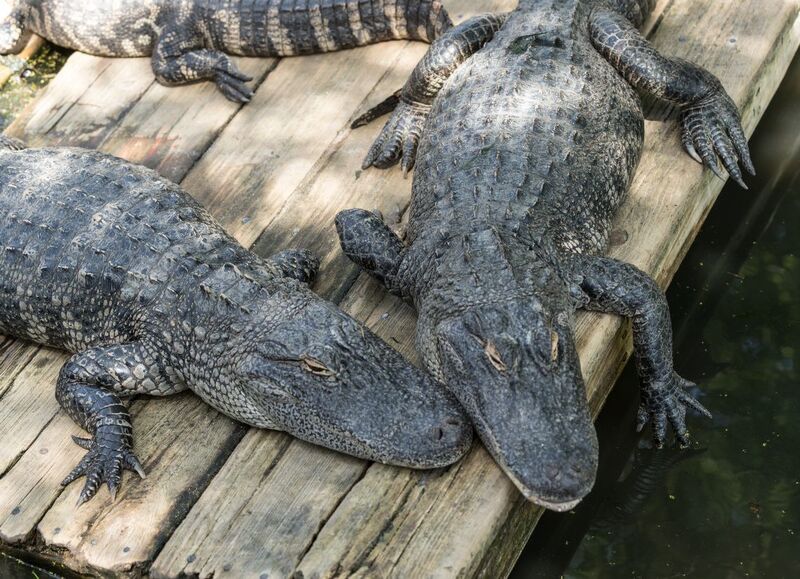

These are just a few options so feel free to seek out others if they fit any of the criteria above. You may also want to check out this guide to image and visual research by librarian Ann Lindell.
Library of Congress Free to Use and Reuse
New York Public Library (check the box to search only PD materials)
Metropolitan Museum of Art Open Access
Flickr (be sure “no known copyright restrictions is selected”)
Unsplash (uses license similar to CC0 with almost no restrictions)
When you take a photograph, write a poem, or even jot down a to do list, your work is automatically protected under U.S. Copyright Law, and people will usually need to ask your permission to share your creation online, translate it into new languages, or perform it in front of an audience. Well into the future, the copyright will expire, as it already has for millions of works of art, music, film, and literature. These materials have become part of the "public domain," collections that are legally available for anyone to reuse or remix.
An item might be in the public domain in the U.S. if:
It was published before 1928. (Note that published in this context means “copied and distributed beyond a small group of people.” This means flyers, brochures, etc. are usually considered “published.”)
It was published from 1928-1977 but there is no © symbol or statement printed on the item.
It was created before 1903 by an anonymous creator but never published.
The item was unpublished (e.g., a family snapshot) and the creator died before 1953.
The item was created by the Federal government or Florida government employees.
Anyone who owns a copyright may also share their work as part of the public domain, meaning others may legally use it without permission. Usually this is done by labeling with a "CC0" license; this and some other licenses allow for almost any use, commercial or noncommercial.
It's important to remember that just because it is legal to use something, this doesn't always make it right. There's a complex history behind every cultural work, and even if the copyright has expired sharing the material could invade someone's privacy or appropriate aspects of someone else's culture. Many works in the public domain were created in the 19th or early 20th centuries and contain racist imagery that continues to be harmful and potentially traumatic today.
Many people confuse plagiarism and copyright infringement, but they are not the same thing. You can plagiarize someone's work without committing copyright infringement; you can infringe upon someone's copyright without plagiarizing their work. Plagiarism is about the failure to properly attribute the authorship of copied material (whether copies of ideas or of text or images). Copyright violation is about failure to get permission (if required) to use a work.
"It is important to distinguish between infringement of copyright and plagiarism. In an academic setting, copyright law really only protects the expression of ideas (the specific words and images used), not the actual ideas themselves. If actual ideas are copied, this is plagiarism but not copyright infringement, and it is unethical, but not illegal. If you were to take a work that sits in the public domain, and change it around a bit and call it your own, you are not breaking the law, but it is plagiarism. However, if you take a copyrighted work and claim it as your original work, it is both copyright infringement and plagiarism. If you take a portion of a work that is copyrighted, change it around a little bit and insert it into your own work without attribution, you are definitely plagiarizing; in addition, depending on how much you use, this could either be fair use or an infringement of copyright." - Robert Harington, on The Scholarly Kitchen blog
1. Plagiarism is a violation of academic norms and a matter of academic integrity but not illegal; copyright infringement is a matter of federal law and is punishable as such.
2. Plagiarism is an offense against the author, while copyright violation is an offense against the copyright holder who may not be the author but may be some other entity, such as the publisher.
3. Plagiarism can occur when ideas are copied, whereas copyright violation occurs only when a specific fixed expression is copied. Mere ideas are not protected by copyright law.
4. Plagiarism concerns properly apportioning intellectual credit, whereas copyright is concerned with properly compensating someone for use of their property where such compensation is required by law (e.g. no exception such as fair use applies).

|
